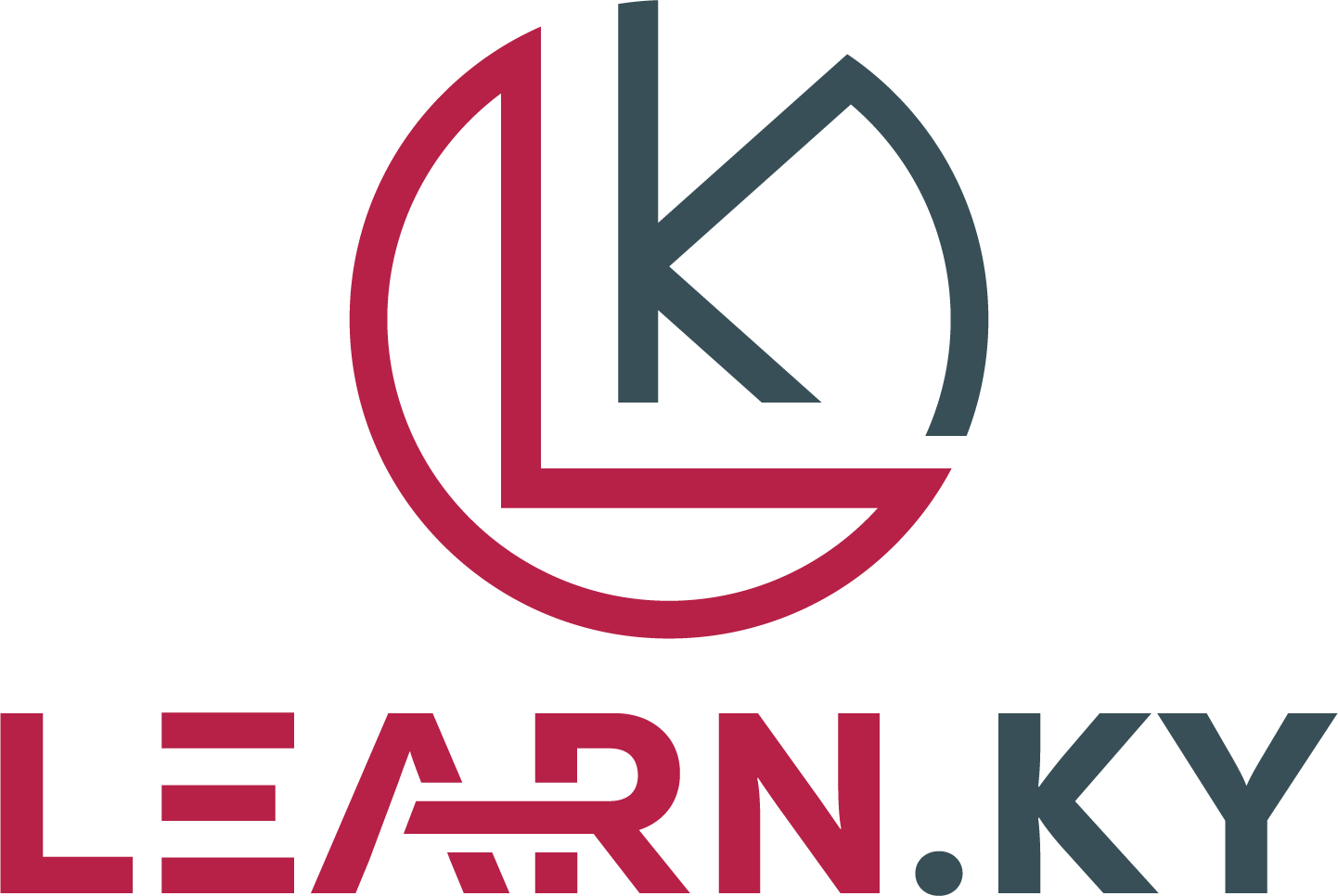At its core, a neural network is a computational model that processes information in a manner analogous to the human brain. It consists of interconnected nodes, or “neurons,” that work in unison to analyze complex data, recognize patterns, and make intelligent decisions. The ability of neural networks to adapt, learn from experience, and generalize from incomplete or imprecise information makes them highly versatile and robust, capable of solving a wide range of problems.
One of the most compelling applications of neural networks is in the realm of healthcare. With the increasing volume of medical data being generated, neural networks have the potential to revolutionize diagnostic processes, drug discovery, and personalized treatment plans. For instance, researchers have developed neural network-based systems that can accurately detect and classify various medical conditions, such as cancerous tumors in radiology images or abnormal electrocardiogram patterns indicative of heart disease. Furthermore, neural networks have shown promise in predicting patient outcomes and optimizing treatment strategies based on individual patient data, ushering in a new era of precision medicine.
In the financial sector, neural networks are being leveraged to analyze market trends, detect fraudulent activities, and optimize investment strategies. By processing vast amounts of financial data, neural networks can identify subtle patterns and correlations that elude human analysts, yielding valuable insights for decision-making. In addition, the use of neural networks in risk assessment and fraud detection has proven instrumental in enhancing security and trust in financial transactions, thereby safeguarding the interests of businesses and consumers alike.
The potential of neural networks extends beyond traditional domains, reaching into areas such as autonomous vehicles, smart manufacturing, natural language processing, and entertainment. For instance, self-driving cars utilize neural networks to interpret sensor data, recognize objects and road signs, and make real-time driving decisions. In the realm of manufacturing, neural networks are heralding the era of predictive maintenance, where machines can anticipate and prevent failures by analyzing sensor data and identifying potential issues proactively. Furthermore, in the field of natural language processing, neural networks are powering virtual assistants and language translation services, enabling more seamless communication and interaction across linguistic barriers.
As we look to the future, the evolution of neural networks holds immense promise for further innovation and transformation. With ongoing research and development, neural networks are poised to become even more efficient, transparent, and interpretable, addressing current limitations and opening new frontiers. Explainable AI, for example, is an emerging area of focus that seeks to enhance the transparency of neural network-based systems, enabling users to understand and trust the decisions made by AI models.
Moreover, the fusion of neural networks with other advanced technologies, such as quantum computing and edge computing, is expected to unlock unprecedented capabilities and fuel the development of more sophisticated AI applications. Quantum neural networks, for instance, could exponentially increase processing power and enable the rapid solution of currently intractable problems, revolutionizing fields such as cryptography, material science, and optimization.
Despite the remarkable progress made in the field of neural networks, it is important to acknowledge and address potential challenges and ethical considerations that accompany their widespread adoption. As neural network-based systems become increasingly integrated into everyday life, questions regarding privacy, bias, accountability, and the societal impact of AI must be carefully examined and mitigated. Responsible development and deployment of neural networks entail thoughtful consideration of ethical guidelines, regulatory frameworks, and the establishment of safeguards to ensure that AI technologies are aligned with societal values and contribute to the common good.
In conclusion, the future of neural networks is teeming with boundless potential, promising to redefine the way we live, work, and interact with the world around us. With their capacity for adaptation, learning, and reasoning, neural networks are poised to drive transformative changes across diverse domains, from healthcare and finance to transportation and communication. By embracing the opportunities and confronting the challenges presented by neural networks, we can harness the full spectrum of their capabilities and shape a future where AI serves humanity in meaningful and impactful ways. As we venture into this uncharted territory, the convergence of human ingenuity and technological prowess holds the key to unlocking the true potential of neural networks and paving the way for a new era of innovation and progress.










